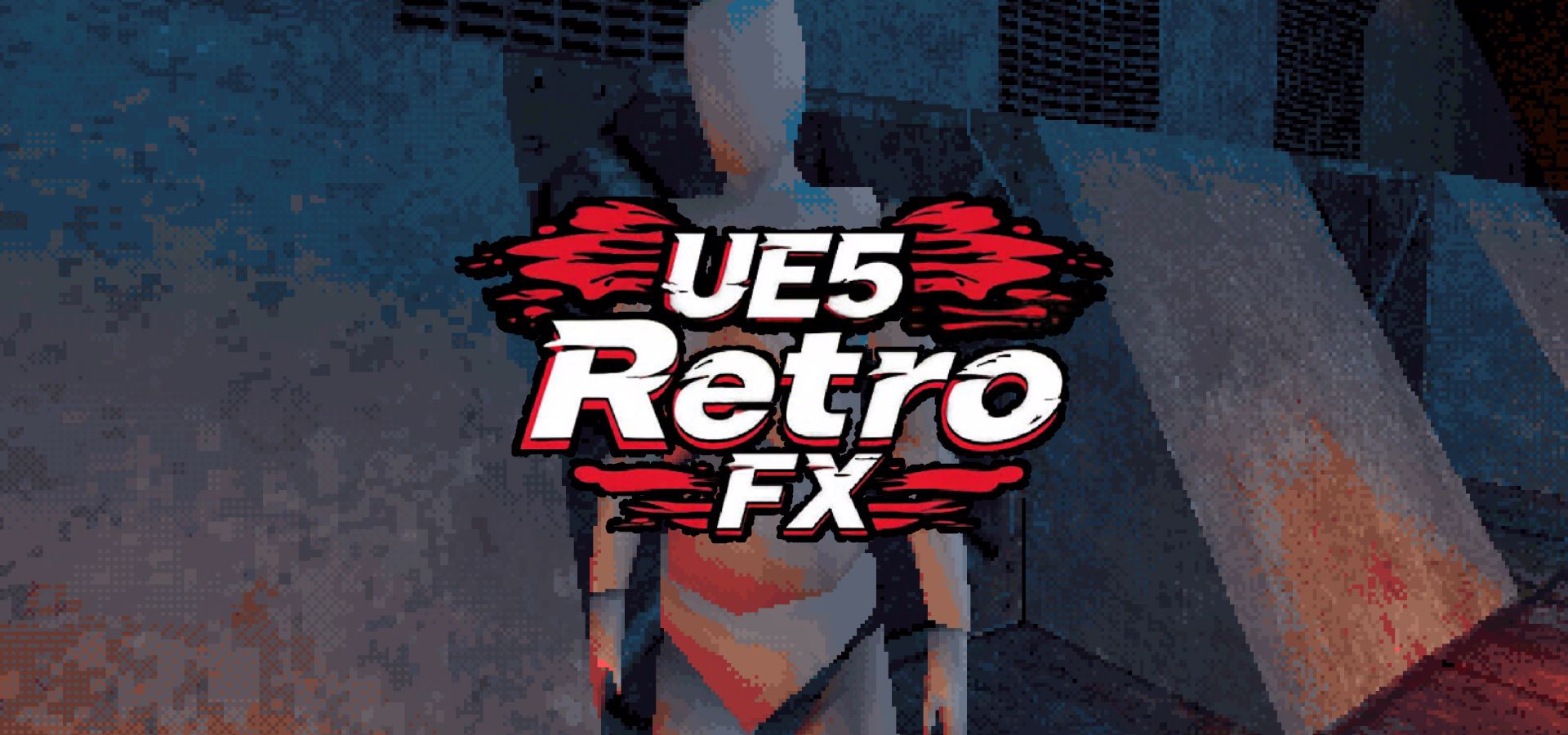Animation
On the animation front, there have been several new additions. Firstly, Automatic Retargeting simplifies the process of reusing bipedal character animations, ensuring excellent results. The Skeletal Editor has been expanded with new features, and a range of new deformer functions have been introduced to the Deformer Graph.

The Anim Details section has been reorganized for better usability, while a new Layered Control Rigs feature aims to simplify animation on top of anim clips. The Constraints system has been upgraded, and experimental features have also been added. This includes new Gizmos and a Modular Control Rig, allowing animators to build rigs using understandable modular parts rather than complex granular graphs.
The Sequencer, Unreal Engine's nonlinear animation editor, has undergone a major overhaul, improving its readability and user-friendliness. Another noteworthy addition is the Keyframe Scriptability feature, which enhances the potential for creating custom animation tools.

Motion Matching, formerly labeled as experimental, is now Production-Ready. This feature allows developers to simplify the selection and transition of animation clips during runtime. Instead of relying on complex logic, developers can use this feature to search a database of captured animations using the current motion information of the in-game character as the key.
Similarly, Choosers, a highly requested tool according to Epic Games, enables developers to utilize game context to drive animation selection.
This animator-friendly toolset was designed to be robust, efficient, and scalable in memory usage. Additionally, it includes a range of debugging tools that provide developers with visibility into its inner workings.
Rendering
In this release, Nanite, the virtualized micropolygon geometry system in Unreal Engine, has received further enhancements. These include significant performance improvements through the implementation of software Variable Rate Shading (VRS), support for spline mesh workflows, integration with the AnimToTexture plugin, and the introduction of an experimental Tessellation feature. This Tessellation feature enables the addition of fine details like cracks and bumps during rendering without modifying the original mesh.

The Movie Render Queue has also seen a major update with the introduction of the new experimental feature called Movie Render Graph (MRG). This feature provides a node-based architecture, allowing users to create graphs to render single shots or scale across complex multi-shot workflows for large teams of artists. Additionally, MRG includes Render Layers, a highly requested feature that simplifies the generation of high-quality elements for post-compositing, such as separating foreground and background elements.

Other highlights include stability and performance enhancements to Temporal Super Resolution (TSR), as well as the addition of new visualization modes that facilitate fine-tuning and debugging of TSR's behavior.
Rendering performance has also been boosted through system refactoring, the integration of GPU instance culling for hardware ray tracing, and optimizations to shader compilation.
AI and machine learning
With this update, the Neural Network Engine (NNE) transitions from Experimental to Beta status. This feature enables developers to efficiently load and execute their pre-trained neural network models, both within the editor and in runtime applications.
Networking
This release adds Unreal Cloud DDC, a self-hosted cloud storage system for the Unreal Engine Derived Data Cache (DDC). It's designed for distributed users and teams, enabling efficient sharing of Unreal Engine cached data across public network connections.

Additionally, improvements have been made to the local DDC, enhancing data conditioning performance, accelerating editor load times and Play In Editor (PIE) workflows, and providing greater control over cache writes, eviction, and data deduplication.
Media and entertainment
Unreal Engine 5.4 introduces a new experimental Motion Design mode tailored for creating complex 2D motion graphics. This mode equips motion designers with a wide range of tools, including 3D cloners, effectors, modifiers, animators, and more, providing sustained productivity and an enhanced user experience.

The Engine's Virtual Camera tool is now production-ready and adds Android support in addition to iOS. Virtual Camera workflows are also now fully supported in Unreal Engine on macOS. The mobile application has been renamed Unreal VCam and is now available on both Android and iOS app stores.
Other additions include a new Depth of Field Compensation for ICVFX, allowing users to precisely adjust the amount of depth of field falloff for digital content rendered by nDisplay as seen through the movie camera. Additionally, a new Multi-Process Inner Frustum has been introduced, enabling the rendering of the movie camera's view to be distributed across multiple GPUs and hardware resources.
Miscellaneous
The Multi-Process Cook feature is now ready for production, enabling developers to convert content from the internal UE format to a platform-specific format. This allows for leveraging additional CPU and memory resources during the conversion process.
The new Unreal Build Accelerator (UBA) offers a scalable distributed compilation solution for C++. UBA works alongside the Unreal Build Tool and/or Unreal Horde's Remote Execution (compute task) system to speed up build compilation times.
With the introduction of a new USD Importer in the Panel Cloth Editor, users can now import garments, along with simulation parameters, from Marvelous Designer or CLO. This enables users to simulate in real-time within minutes.
The editor has received stability improvements on the Linux platform, and experimental ray tracing support for Vulkan has been introduced.
Finally, it is worth mentioning that this release implements a new pricing and licensing model that affects industries beyond game development.
For the complete list of new features and enhancements, make sure to check the Unreal Engine 5.4 release notes.




